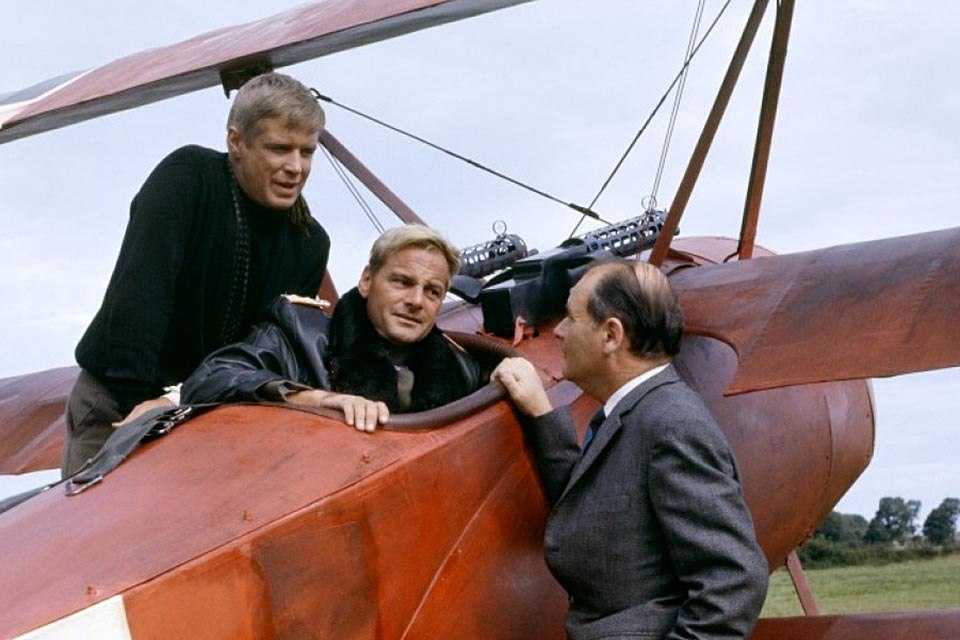“The Blue Max” is a visually stunning and thematically rich war film set during World War I, centered on the ambitious German fighter pilot Bruno Stachel.
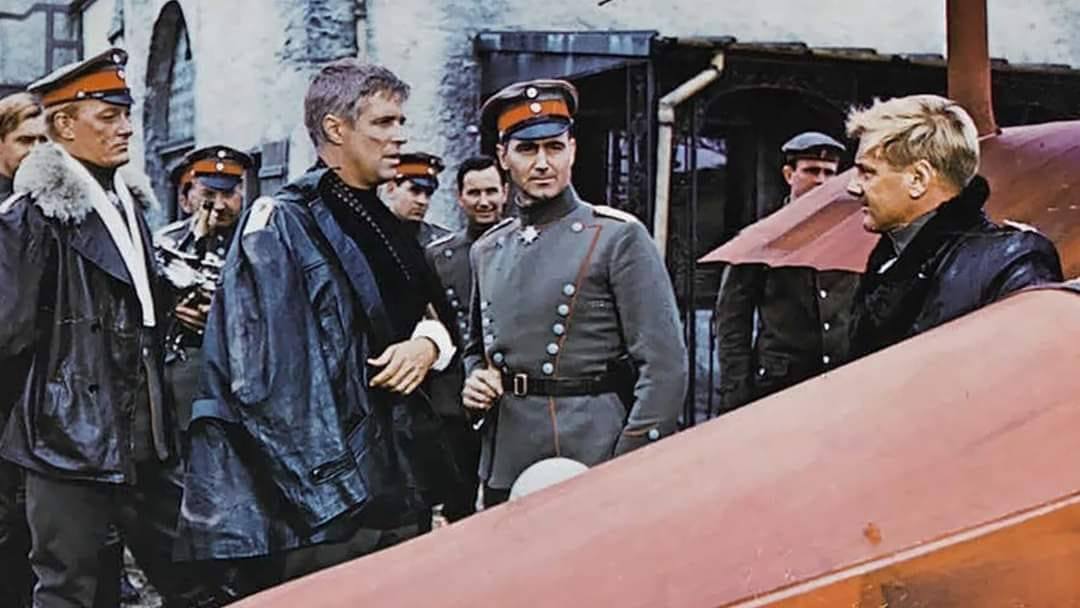
“The Blue Max” is a visually stunning and thematically rich war film set during World War I, directed by John Guillermin and released in 1966. The film tells the story of Bruno Stachel, an ambitious German fighter pilot who becomes obsessed with winning the coveted “Blue Max,” a prestigious military decoration awarded for extraordinary achievement in aerial combat.
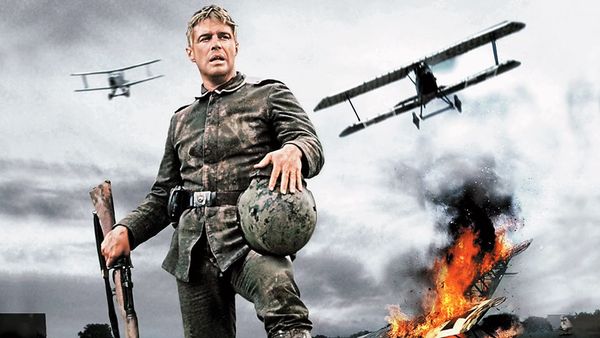
Plot Summary
The film follows the journey of Bruno Stachel (played by George Peppard), a working-class man who rises through the ranks of the German air force, driven by a fierce ambition to prove himself and earn the Blue Max. Stachel’s relentless pursuit of glory sets him apart from his aristocratic fellow officers, who view him with a mix of disdain and suspicion. As Stachel climbs the ranks, his single-minded obsession with the medal leads him to take increasingly dangerous risks in battle, disregarding the lives of both his enemies and his comrades.
Stachel’s ruthlessness and determination catch the attention of General Count von Klugermann (James Mason) and his wife, Kaeti von Klugermann (Ursula Andress), who see in him a tool for propaganda to boost the morale of the German people. However, as Stachel’s reputation grows, so does the conflict between his personal ambition and the realities of war, leading to moral dilemmas and tragic consequences.
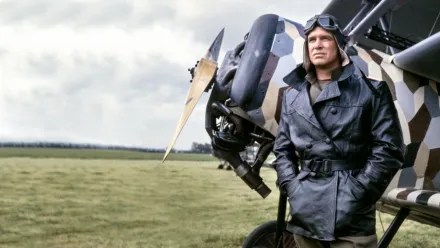
Themes and Style
The Blue Max explores several deep and complex themes, including the nature of heroism, the futility of war, and the class tensions within the military hierarchy. The film delves into the psychological effects of war on individuals, particularly the transformation of Stachel from an eager young pilot to a hardened and morally compromised soldier.
Visually, the film is noted for its breathtaking aerial sequences, which were groundbreaking for the time. The dogfight scenes are meticulously choreographed and shot, providing a visceral and immersive experience of the dangers of aerial combat. The cinematography, by Douglas Slocombe, captures both the beauty and the brutality of war, with sweeping landscapes juxtaposed against the destructive power of the planes.
The film’s score, composed by Jerry Goldsmith, adds to the epic and dramatic tone, heightening the emotional impact of the story.
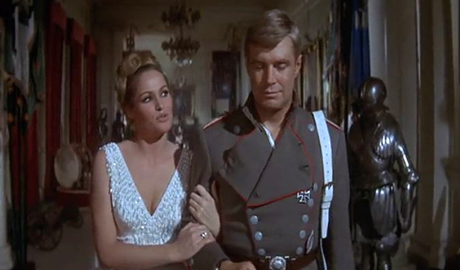
Character Development
Bruno Stachel is a complex character, portrayed with a mix of determination, arrogance, and vulnerability. His journey is one of ambition and inner conflict, as he grapples with the sacrifices he is willing to make for personal glory. The film also explores his interactions with other characters, including his rival, Willi von Klugermann (Jeremy Kemp), and the seductive Kaeti von Klugermann, who becomes a pivotal figure in his rise and fall.

Reception
Upon its release, The Blue Max received praise for its impressive aerial sequences, strong performances, and thought-provoking themes. Critics and audiences appreciated the film’s realistic portrayal of World War I aviation and its exploration of the darker side of heroism. George Peppard’s performance as Bruno Stachel was particularly lauded for its intensity and depth.
However, some critics noted that the film’s pacing was slow at times, and its somber tone might not appeal to all viewers. Despite this, The Blue Max has remained a respected entry in the war film genre, known for its technical achievements and its unflinching look at the costs of ambition and war.
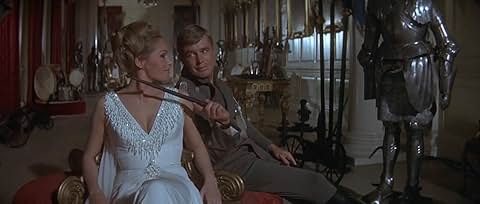
Legacy
The Blue Max stands as a classic war film that combines thrilling action with a rich narrative and complex characters. It continues to be admired for its cinematic achievements and its exploration of timeless themes, making it a compelling watch for both fans of war films and those interested in the moral complexities of conflict.
